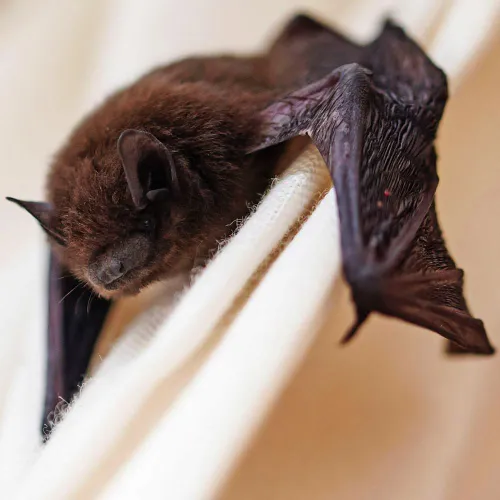
Bat
ServicesPreliminary Bat Roost Assessment
Bat Activity Survey
Bat Emergence and Re-Entry Surveys
Bat mitigation schemes
Detailed assessments and reports to support planning applications

Legislation
All British bat species are protected under UK and European legislation, which makes it an offence to capture, injure, or kill a bat. It is also an offence to disturb or damage a bat roost, or obstruct access to bat roosts.
They are fully protected under Schedule 5 of the Wildlife and Countryside Act 1981 (as amended) and Schedule 2 of the Conservation of Habitats and Species Regulations 2010 making them European Protected Species.
As bats often use the same roosts year after year, it is important to note that the roosts are protected whether or not bats are present at the site. Intentional harm to bats can result in prosecution.
Habitat
Buildings, woodlands, grasslands, farmland and urban areas.
survey
Due to the decline in bat populations in the UK over the last century and the level of protection now afforded to bats, many planning applications must be supported by a bat survey.The bat survey can be a two-stage process;
- Carrying out a preliminary bat roost assessment to identify if a site, tree or building has the potential to support bats.
- Bat activity surveys to identify presence/absence, species, populations, location and type of roosts. The survey effort, as set down in industry guidance, can seem quite complex and require several visits over some months, however, without this information, which will dictate what level of mitigation may be required, it is unlikely that you will achieve a positive planning outcome.
survey timings
Bat surveys are subject to seasonal restrictions. While preliminary bat roost assessments can be conducted throughout the year, bat activity, emergence and re-entry surveys must be carried out at a time when bats are most active; the optimum season for this is between May and the end of September. Forward planning can ensure that the potential for bats on a site does not create unnecessary delays for a project.Contact Us
For more information on Bat Surveys, or to discuss a specific project, contact our office on 0845 463 4404.